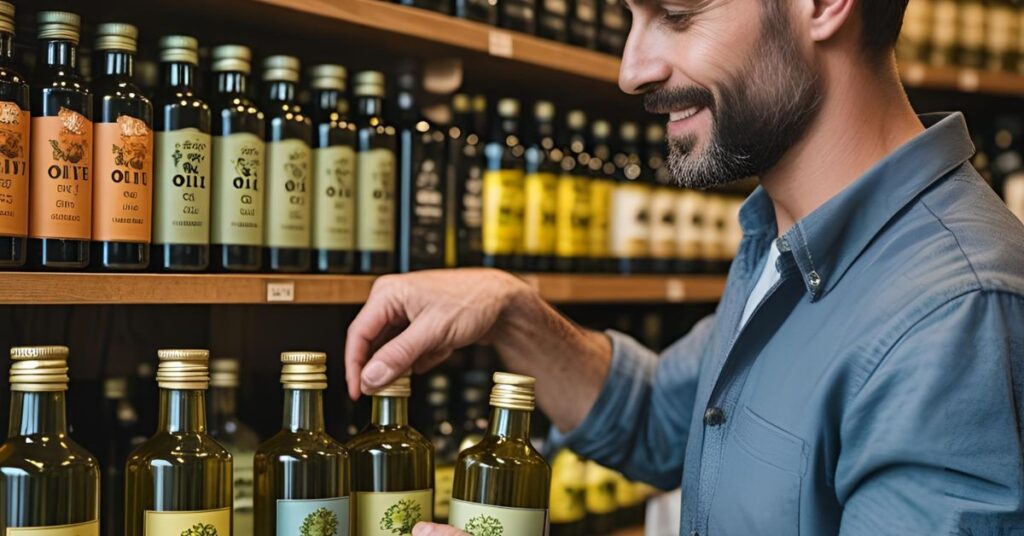
How to Identify High Quality Olive Oil

Olive oil is a staple in kitchens around the world, praised for its health benefits, flavor, and versatility. But not all olive oils are created equal. With countless options on the shelves—some authentic, some not—it’s essential to know how to spot high-quality olive oil. Whether you’re drizzling it over a fresh salad or using it to sauté vegetables, here’s how to identify high quality olive oil..
1. Check the Label Details
Start by examining the label. A high-quality olive oil bottle should include:
- Harvest date: Not just the “best by” date. Freshness matters—olive oil is best consumed within 18–24 months of harvest.
- Paese di origine: Ideally, the oil should come from a single country or estate, which usually indicates better quality control.
- Certification seals: Look for PDO (Denominazione di Origine Protetta), PGI (Protected Geographical Indication), or seals from organizations like COOC (California Olive Oil Council) or IOC (International Olive Council).
2. Look for “Extra Virgin”
Always opt for extra virgin olive oil (EVOO), because this is the highest grade and means the oil was mechanically extracted without the use of chemicals or excessive heat, preserving its flavor and nutrients. It also has no sensory defects and a low acidity level (below 0.8%).
Beware of labels that just say “pure,” “light,” or “olive oil”—these often refer to refined oils that lack flavor and nutrients.
3. Packaging Matters
Light and heat degrade olive oil, so packaging is important. High-quality oils are typically sold in:
- Dark glass bottles
- Tin containers
- Opaque packaging
Avoid clear bottles, which expose the oil to light and accelerate spoilage.
4. Do a Taste Test
If possible, taste the oil. True EVOO has:
- A fruity aroma (think green apple, fresh-cut grass, or herbs)
- A bitter taste, which indicates the presence of antioxidants
- A peppery finish that may cause a slight throat tickle—this is a good sign!
If it tastes greasy, musty, or flat, it’s likely poor quality or rancid.
5. Price Can Be a Clue
While price alone doesn’t guarantee quality, very cheap olive oil is often a red flag. Producing genuine extra virgin olive oil is labor-intensive. If you see a bottle selling for a suspiciously low price, chances are it’s diluted, poorly stored, or even counterfeit.
6. Buy from Trusted Sources
Where you shop matters. Specialty food stores, reputable online retailers, or farmers markets often offer better, fresher selections than big-box supermarkets. Look for producers who emphasize transparency and traceability.
Final Thoughts
Good olive oil is like fine wine: its quality depends on the region, harvest, and handling. By paying attention to labels, packaging, and taste, you can confidently pick a bottle that enhances your meals and supports your health. Invest in high-quality olive oil—it’s worth every drop.